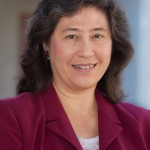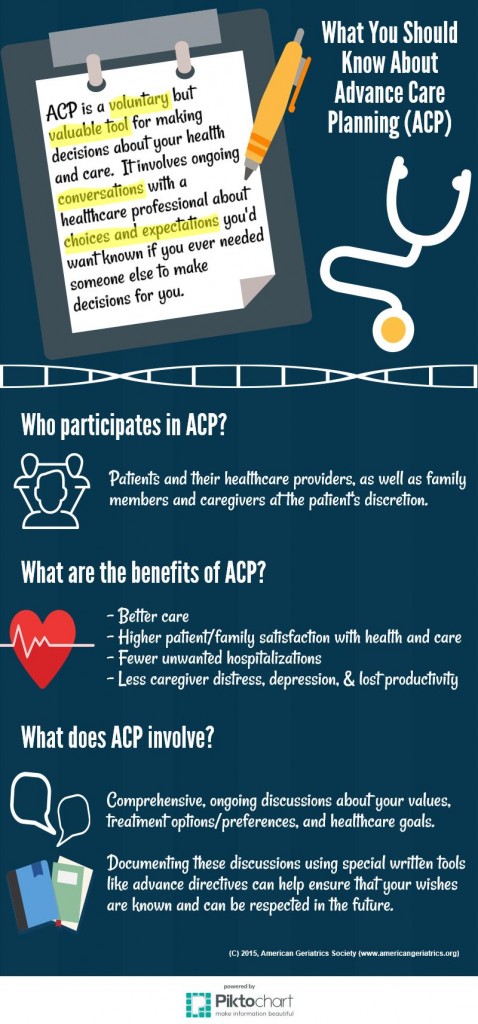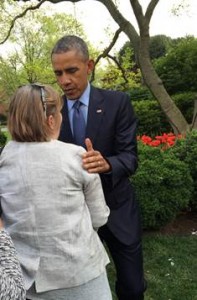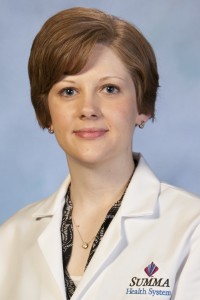 Alice Pomidor, MD, MPH, AGSF
Alice Pomidor, MD, MPH, AGSF
Professor
Florida State University School of Medicine
Due to an unusual holiday twist, the deadline for filing your 2016 taxes this year is Tuesday, April 18.
According to the Internal Revenue Service, or IRS, “The usual April 15 deadline falls on Saturday this year, which would normally give taxpayers until at least the following Monday. However, Emancipation Day, a Washington, D.C. holiday, is observed on Monday, April 17, giving taxpayers nationwide an additional day to file. By law, D.C. holidays impact tax deadlines for everyone in the same way federal holidays do. Taxpayers requesting an extension will have until Monday, Oct. 16, 2017 to file.”
Welcome news, certainly, for those of us who wait until the last minute to file our taxes. For older adults and their caregivers who have yet to file their taxes, here’s more welcome news:
Recently, U.S. Senator Bob Casey of Pennsylvania, the ranking member on the Senate Special Committee on Aging, wrote a letter to older adults and their caregivers. In the letter, he shared The Guide, a helpful resource that the IRS created for the Committee to help older adults avoid paying more taxes than necessary.
Sen. Casey urges people to share The Guide with friends, neighbors, relatives and colleagues. It contains valuable information, including:
- Which tax forms older adults should file, depending on which types of retirement income they receive.
- How older adults can deduct out-of-pocket spending on medical and dental bills.
- Specific tax credits older adults might be able to use this year
- How to contact the IRS if you, or an older adult in your care, needs help with filing.
According to Sen. Casey, helping older adults avoid overpaying their taxes is one of the many steps the Senate Special Committee on Aging is taking to make sure that all older adults and their families can feel financially secure.
You can find the Guide at https://www.aging.senate.gov/imo/media/doc/2016%20Tax%20Brochure.pdf.





